Speech & Swallowing Therapy
Difficulties with verbal communication and swallowing can significantly impact daily life, making speech & swallowing therapy an essential aspect of rehabilitation. Speech-language pathologists employ evidence-based techniques, including articulation exercises, voice therapy, and alternative communication methods, to enhance speech clarity. For individuals with dysphagia, targeted interventions such as muscle strengthening, dietary modifications, and neuromuscular electrical stimulation help restore safe swallowing function. Advanced diagnostic tools, including videofluoroscopy and fiberoptic endoscopic evaluations, assist in tailoring therapy plans. By addressing speech and swallowing disorders early, individuals can improve their communication abilities and overall quality of life.
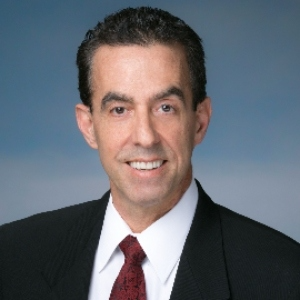
Jay Spector
American Academy of Podiatric Sports Medicine (AAPSM), United States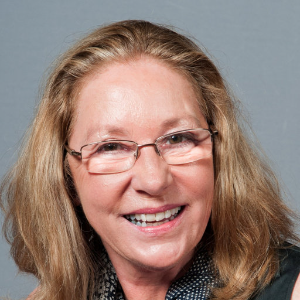
Marcia J Scherer
Institute for Matching Person and Technology, United States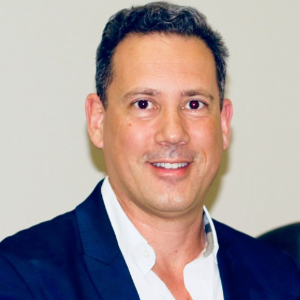
Marcos Brioschi
American Academy of Thermology, United States
Blair Gorenberg
Shirley Ryan Abilitylab, United States
Roberta Sartori
IRCCS Materno-Infanitle Burlo Garofolo, Italy
Cho Li Yin
Taichung Veterans General Hospital - VGHTC, Taiwan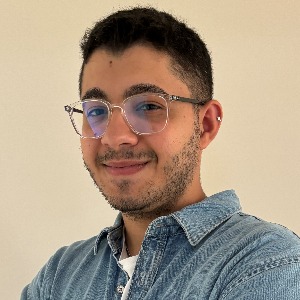
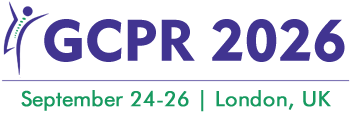



Title : Best practice guidelines for the use of pharmacological neuromodulation in disorders of diminished motivation: A comprehensive approach
Vaidya Balasubramaniam, Illawarra and Shoalhaven Local Health District Hospitals, Australia
Title : A forgotten component of knee osteoarthritis
Ron Blehm, EEI Physio LLC, United States
Title : Functional outcomes of DSSA-Based pelvic rehabilitation combined with manual therapy and electrostimulation in men after oncologic surgery: A retrospective case series
Eren Uyar, Fizyomen Physiotherapy & Rehabilitation Center, Turkey
Title : We are living and working in the age of individualization
Marcia J Scherer, Institute for Matching Person and Technology, United States
Title : Efficacy of Inspiratory Muscle Training (IMT) in post-weaning ICU recovery: A clinical randomized controlled trial
Warda Khan, Chongqing Medical University, Pakistan
Title :
Subramanya Adiga, Middlemore Hospital, New Zealand